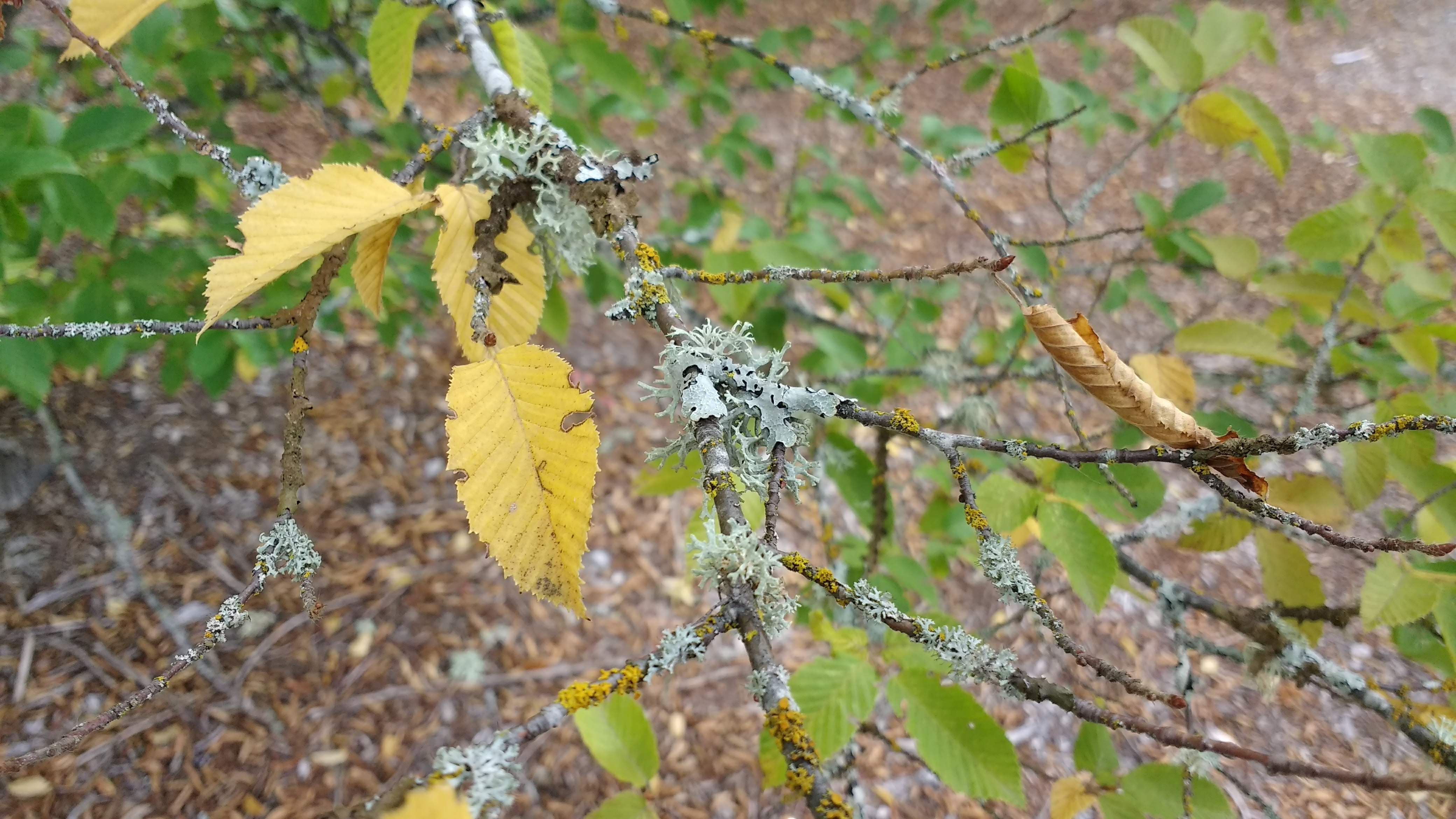I agree pretty strongly with this generally. The farside has a way of having jokes that are so simple on it's face that I'm left thinking "surely I've missed something?" Usually it turns out that no, in fact, I got the joke and was just vastly underwhelmed.
For whatever reason I found this one to be mildly funny. Couldn't tell you why. Perhaps it's the idea that the people who built the atomic bomb weren't that smart after all?

I wouldn't say that it'd be strictly impossible, however if it can be done then it would come at a considerable cost to useability, versatility, etc.
One adjacent concept that comes to mind is the use of the
:visitedCSS tag to extract a user's browsing habits. I remember seeing a demonstration of this where an "are you human" captcha was shown but the choice of image in each box was controlled by the:visitedtag. I can't find that post, but this medium article demonstrates a similer concept. There are mitigations to this luckily, but a fullproof solution would be to remove the tag's functionality altogether, which would make certain websites (like the one we're on right now!) much more inconvenient to use.It seems trivial to me for a website to detect user behaviors that indicate the use of an adblocker. For example, if a request for a page is immediately followed by a request for a video on that page, rather than after 5-60 seconds, then they're likey using an adblocker. If there is an ad placed between two paragaphs in an article, but two distant paragraphs are visible at the same time, it is more likely (although not guaranteed) that they are using an adblocker. If a user triggers an abnormal amount of those heuristics then they get flagged as an adblocking user.